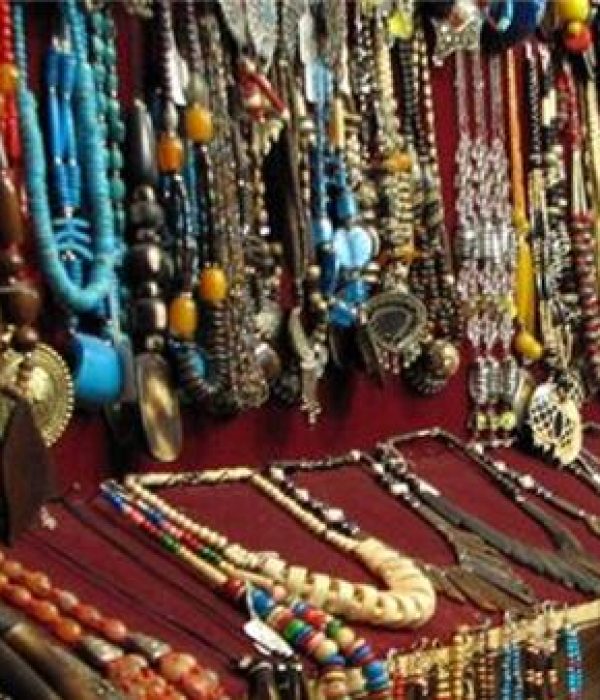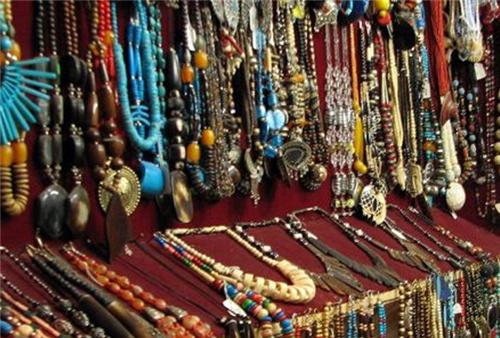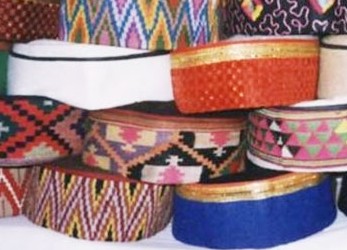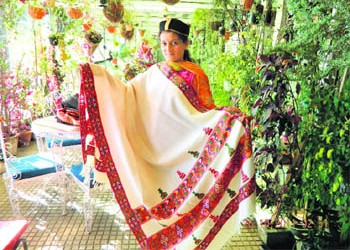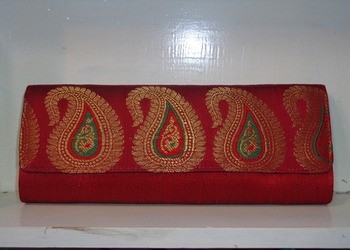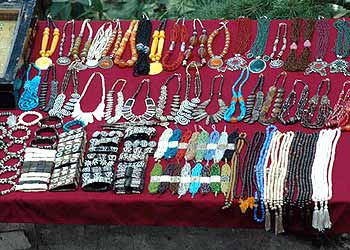Introducing With Great Outfits Of Himachal
Costumes of Himachal Pradesh vary from different areas. The women of Himachal Pradesh typically use lengthy kurtas, ghagra, salwars, and cholis i.e. the shirt. The most exclusive identification of the people in Himachal Pradesh is the hand-woven outfits, which are designed with outstanding grace. The scarves that the women use on their leads are very well-known in Himachal Pradesh. The footwear created from dry lawns is the best to keep females’ legs heated during the cool environment. Costumes of Himachal Pradesh are mostly weaved manually and the handlooms are very well-known throughout the condition.
Traditions And Customs:
The outfits of Himachal Pradesh are vibrant and different and they vary from different areas, groups, as well as from communities. Each region in the state has its outfits that depend on its traditions and customs.
Different Varieties of Customs:
The clergymen of Himachal Pradesh mostly use a dhoti, a kurta, a turban, a cover or a hips cover, and a little soft towel that is placed on the shoulder area. The Brahmin clergymen also bring a Native Indian astrology yearbook, which is known as the Panchang. Centered on these guides the preacher creates his astrology rumors.
Rajputs Customs:
The Rajputs, mostly infants of elegant family members, usually enhance themselves with a lengthy and whole-body fit churidar pajama, a starched turban, a lengthy cover, and exclusive footwear with indicated sides. The turban is stiffened with the help of starchy foods and is used in an exclusive form. The turban is believed of as an issue of honor for the Rajputs. In the past, the Rajputs used to adhere to the conventional veil for their females. All the females of the Rajput group had to project outside in palanquins, which were intensely curtained.
Himachal Culture
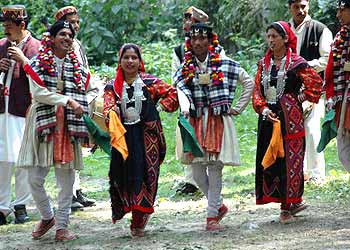
Womens Customs of Rajputs and Brahmins
Shawls For Younger Generation
However, there has been a noticeable modify among younger generation with more and more of them looking for westernised outfits. The most exclusive identification of the people in Himachal Pradesh is the hand-woven outfits, which are designed with outstanding grace. The neckties that the females use on their leads are very well-known and make important design claims. The exclusively created footwear, which are created from dry lawn, are the best to keep their legs heated during the cool environment.
Costumes of Himachal Pradesh are mostly weaved manually and the hand looms are very well-known throughout the condition.Due to the cool, and at periods roughly cool weather circumstances, shawls are also very well-known among the natives as well as the visitors. The individuals from Himachal Pradesh are well known for their shawls. The shawls from Himachal Pradesh are very well-known for their sleek structure, top quality and grace, and are the most beautician expression of the outfits of Himachal Pradesh.The Himachal designs individuals are incredibly experienced in handcraft and hence make performs of art of art. These individuals, with their outstanding abilities, make for some of the best weavers on the globe. The Himachali individuals are outstanding at developing many wonderful art performs and styles, which is a must buy for any clothing fan vacationer. The elegance and designs of the Pashmina shawls and the relaxing encounter that comes from dressed in it can only be sensed. Produced from the locks of a kind of goat also known as Pashmina, these shawls are well known across.
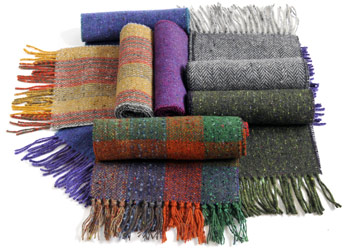
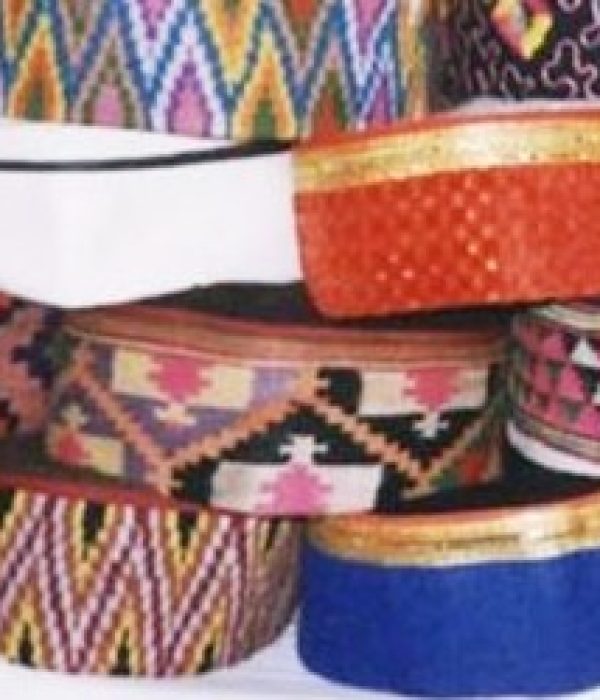
Kullu and Kunnauri Caps
Caps, the fantastic top of Himachal Pradesh are now a identified fashion logo in every hue. Vivid hats captivate everyone at first example. The conventional yet fashionable headwear has produced its name from the place of its source. Regionally, it is known as as Kullu topi and is an integral aspect of a regional guy’s attire/apparel/garments. As well Kullu area, in some of the other areas also, cap is an integral aspect of guy’s outfit. The styles of the hats signify the area.
The Kullu cap is circular in form and is smooth on the top. A band of brilliant boundary cheers the front with wonderful design, which is independently weaved on little looms and the returning section, such as the go is created of regional wool sequence and sometimes is also created of pure cotton or any other mild content. These days, simply velvety hats in maroon and natural shades are also available in the marketplace. Once use of bright shades in the cap was the significant feature of the hats but nowadays, veggie shades are being used. These hats are classified as little, large and method.
Kullu Shawls
Kulu has been well-known for its shawls with stunning geometric styles and brilliant lives. Previously, the Kulivi individuals used to incorporate simply shawls but after the appearance of Bushehari artisan from Rampur, Shimla area of Himachal Pradesh, the pattern of designed handloom came into lifestyle.Typical Kullu shawls have geometric styles on both ends. Besides geometric styles, the shawls are also weaved in plant styles, which may run all over, on the sides or on the boundaries only.
Each design may have one to 8 shades. Typically, bright shades, viz. red, yellow-colored, green light red, natural, lemon, red, grayscale were used for patterning and white-colored, dark and natural greyish or brownish were used as the base in these shawls. But in the present times paying attention to the customer requirement, these bright shades are being changed progressively by light shades. Work unique sequence shaded in various shades is used for the ground, while a huge selection of polymer shades is used for the design in the boundary. These shawls are available in Lambs Made of wool, Angora, Pashmina, Yak Made of wool and handspun content. The sequence used may be chemical shaded or veggie shaded.Price of any scarf relies on quality of wool and the number and size of styles used in it. Due to the heavy cost of labor involved in the organizing of excellent pashmina materials, the shawls prepared from pashmina wool are costly.
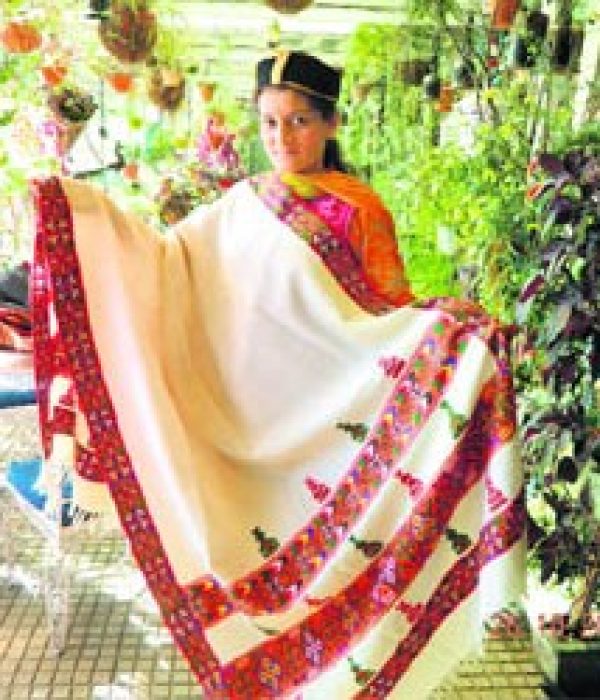
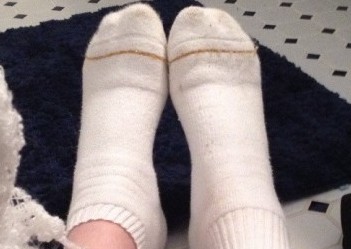
Pullas
Pashmina Shawls
Pashmina Shawls keep individuals heated even in the very coldest of the winter seasons. These shawls are sold in various eye-catching shades and styles and are also often wonderfully stitched. The embroidering done is usually of three types–Sozni, Papier-Mache, and Aari. It usually takes four to 11 months to embroider the Pashmina Shawls which are created from the hottest and the softest wool. No wonder, these shawls often turn out to be pretty costly. To create the Pashmina Shawls glowing and eye-catching.
Soft silk is added to the Pashmina Fiber. And the new product created from the Pashmina Made of wool, hand-loomed with soft silk, changes out to be rather resilient, strong and bright. No wonder, the Pashmina Shawls, continue to be much in requirement everywhere–from Indian to Philippines, from People from france to Pakistan.
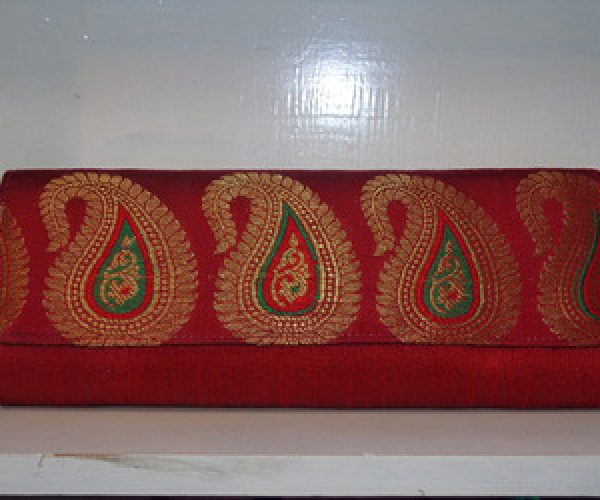
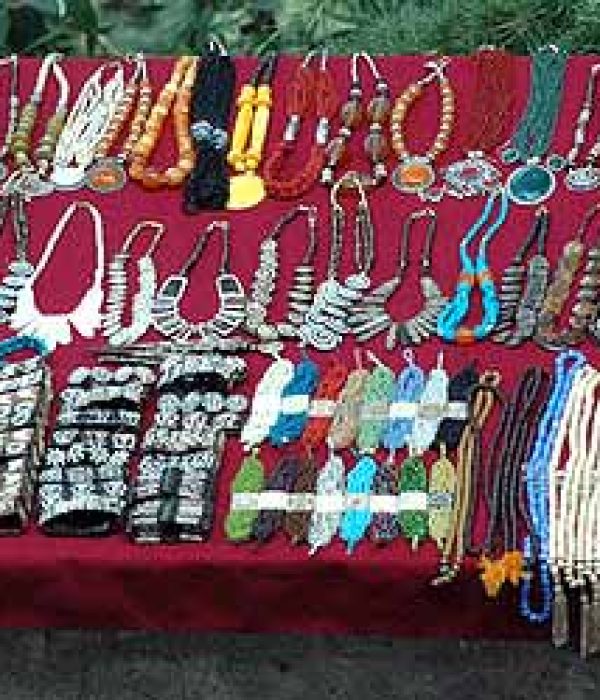
Tribal Decorations of Himachal Pradesh
The jewelry of Himachal Pradesh is very unique as well as different. Large pellet and steel jewelry of the mountain individuals is very common as well as well-known in this area. Like many other areas the conventional style of outfits as well as putting on a costume contains ornaments for all areas of the body. The jewelry industry of Himachal Pradesh is always abounded with booths selling amulets, jewellery, jewellery, daggers and jewelry.
All these entice the buyers from all areas of the world. Superb of Himachal Pradesh is usually designed out of precious steel. The jewelers of Kangra, Chamba, Mandi and Kullu District were well-known for their enameling skills. Kangra was Australia of Rajputs in earlier times. They mainly proved helpful with silver. Dark red and natural shades were used frequently in enamellers. Elliptical exerciser anklets, strong iron-headed bracelets, locks ornaments, peepal-leaf-shaped temple ornaments, jewellery known as chandanhaars which can be described as a lot of lengthy silver stores linked by etched or enamelled silver plaques and jewellery with elements of the mother goddess are some of the wonderful pieces they usually create. All the art need proper workmanship and expertise as well.
Ornaments of Himachal Pradesh
Chak Decorations:
Women in Himachal use a lengthy silver sequence throughout the go known as shangli. Chudamani is another stunning go decoration in the form of a lotus plant used at the separating of the locks. Gaddi females use an decoration known as chak on their go. It is a silver domed top-of-head decoration which has a number of varieties: where several circular pellets are installed at the edge with silver stores it is chak-boron-wala; when shaded enameling is done on it it becomes chak-meenawala; when two additional side-of-head domes are linked with the primary chak it is chak-phul. This decoration is normally isn’t noticeable as it is protected by a go fabric. Gaddi also use a silver temple jewelry chiri-tikka, chiri means fowl. Gujjar females go decoration is known as sirka chamkuli. It is used in sets at the temples with its end hook types set in the go fabric. It is put in the top/back aspect of the go. It is conical in form. It has two little circular components known as chakdi in consistent dimension linked with silver post. These are set on both factors of the primary aspect after increasing it over the go.It is also regarded sign of a wedded woman.
